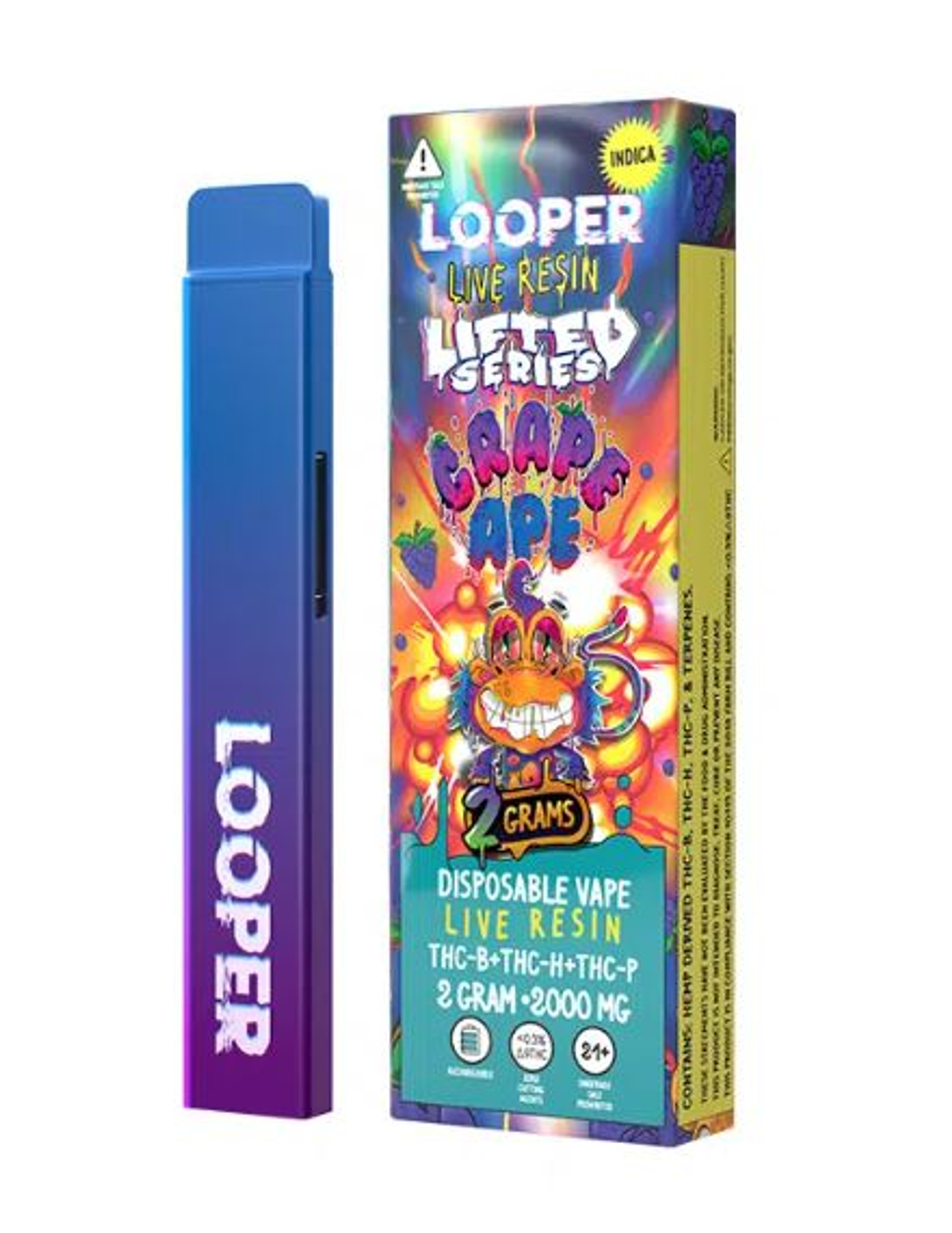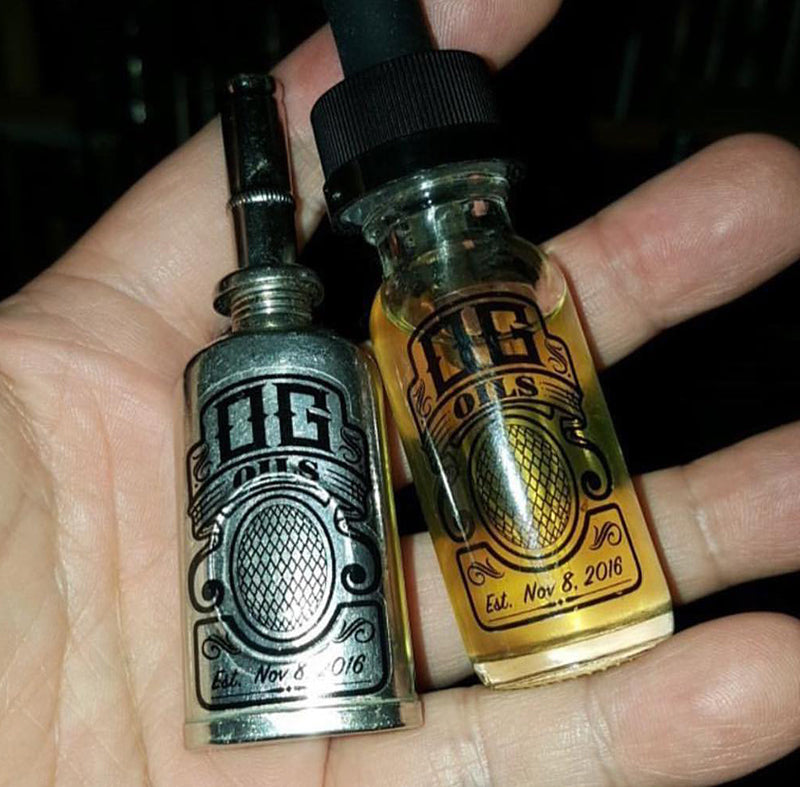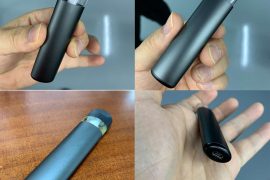The vape industry is one of the fastest growing sectors of the cannabis market. As more and more people are turning to vape cartridges instead of traditional smoking methods, it’s important to keep up on current trends and developments in this sector. Many companies are continually innovating their products and looking for new ways to make them safer and more effective. With so much potential in the vape cartridge market, what does the future hold for thca vapes?
Exploring Different Formats
One of the most exciting areas that could see growth in the near future is different formats for vaping devices. Currently, many options are available such as pod systems, pen-style vaporizers, dabbing rigs, tanks, and disposables. But there is still room to innovate with these existing designs or create entirely new ones. As technology advances, we might see even more sophisticated designs come into play with features like temperature control settings or built-in sensors that adjust voltage based on user preference.

Advanced Battery Technology
Another aspect of vaping that could be improved upon is battery technology. Batteries currently used by portable vaporizers tend to have a limited lifespan due to how often they need to be recharged or replaced after being overused. However, newer rechargeable batteries can provide longer-lasting power while also being smaller and lighter than before. This would allow users to go longer periods without needing a charge while saving money in the long run since they won’t need to replace their batteries as often.
More Efficient Atomizers
Atomizers are essential when heating up vape juices or concentrates so they can be inhaled safely through a device’s mouthpiece. Traditional atomizers can become clogged easily depending on what type of material is being vaped; however, some newer models feature advanced ceramic coils which help reduce buildup over time and provide better flavor production at lower temperatures than older styles. As research continues into this area, we may soon see even more efficient atomizers entering the market that offer smoother hits with no compromise in quality or taste.
Increased Focus on Quality Control
As consumers become increasingly aware of health risks associated with vaping materials that contain unsafe additives like diacetyl or acetoin (two chemicals found in e-juices), there has been an increased focus on quality control within the industry as producers strive to ensure their products meet stringent safety standards set forth by regulatory bodies around the world. Companies now routinely conduct lab testing on all ingredients used throughout their supply chains, proving they are meeting the best practices laid out by governing organizations such as Health Canada or The American Medical Association (AMA). Furthermore, many brands have gone above and beyond these regulations by voluntarily instituting additional safety protocols like childproof packaging seals, tamper-evident bottles labels and lot numbers for tracking individual batches during distribution processes – providing peace of mind for consumers who want assurance their vaporizer products have been tested thoroughly before reaching store shelves.
Growing Popularity Among New Users
Vaping has grown significantly among first-time users since its introduction, largely due to its convenience factor – something traditional smoking methods cannot compete with – making it easier than ever for those interested in trying cannabis but hesitant to commit full-time due to lifestyle restrictions imposed by work/school etc. to explore marijuana consumption without fear of judgement from peers/family members etc. In addition, advances in technology have allowed manufacturers to create pens/cartridges specifically designed to cater for novice consumers’ needs – offering single dose preloaded cartridges with varying levels of THC/CBD concentrations tailored to specific ailments users might experience such as chronic pain relief, inflammation reduction etc, all without producing large clouds of smoke that might draw unwanted attention in public spaces during use – resulting in increasing popularity of ‘microdosing’ practices among beginners curious about the effects of cannabinoids but not yet ready to take the plunge into full scale recreational use.

Conclusion
The future looks bright for THCA vaping as companies continue to innovate their products while placing greater emphasis on improving safety standards within the industry, to the overall benefit of both experienced veteran users and those just starting out! With advances in battery technology, increased focus on quality control, new innovative form factors hitting the scene regularly, expect to see even better, smarter solutions hitting the shelves soon, for everyone to enjoy responsibly!


